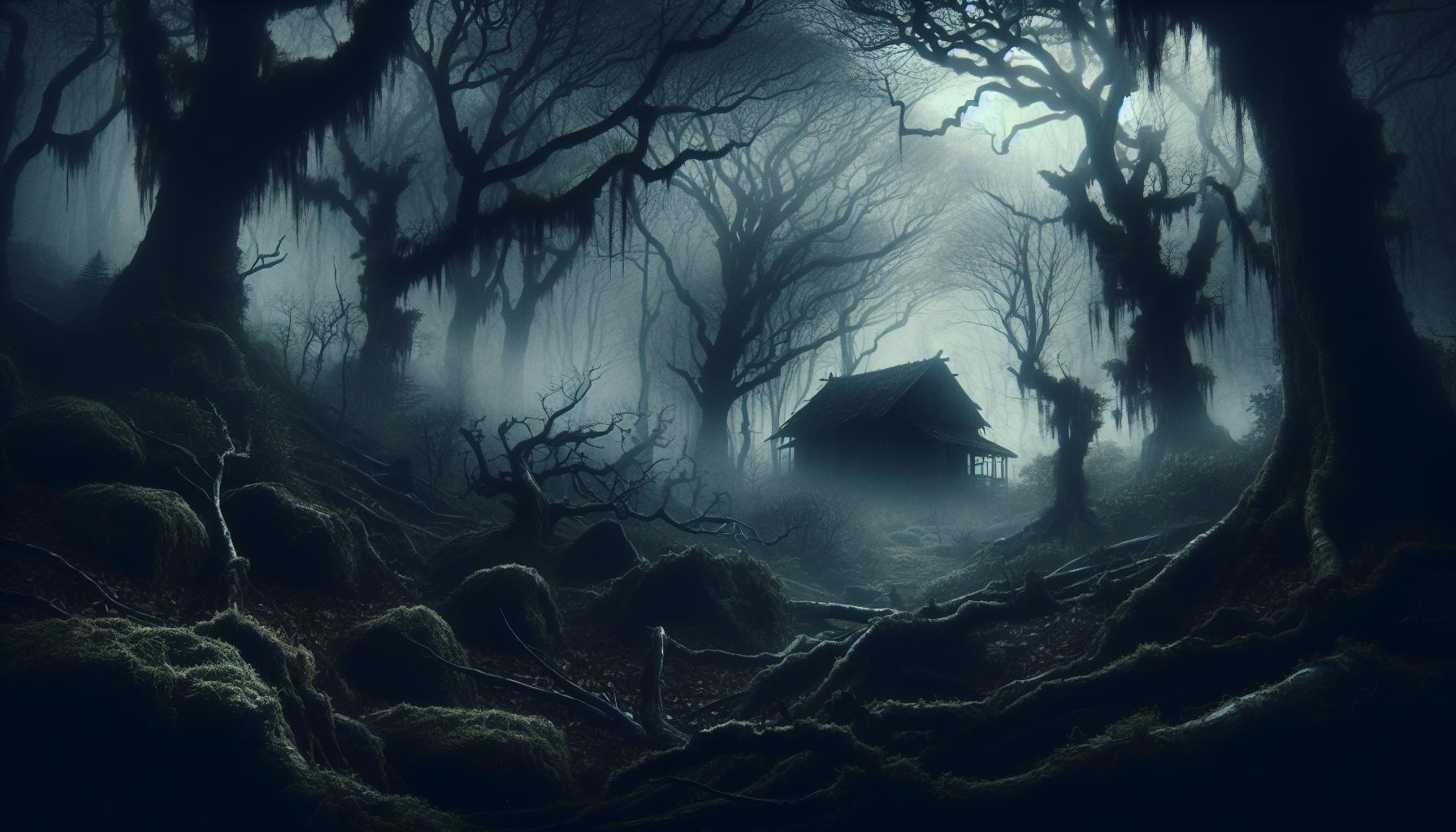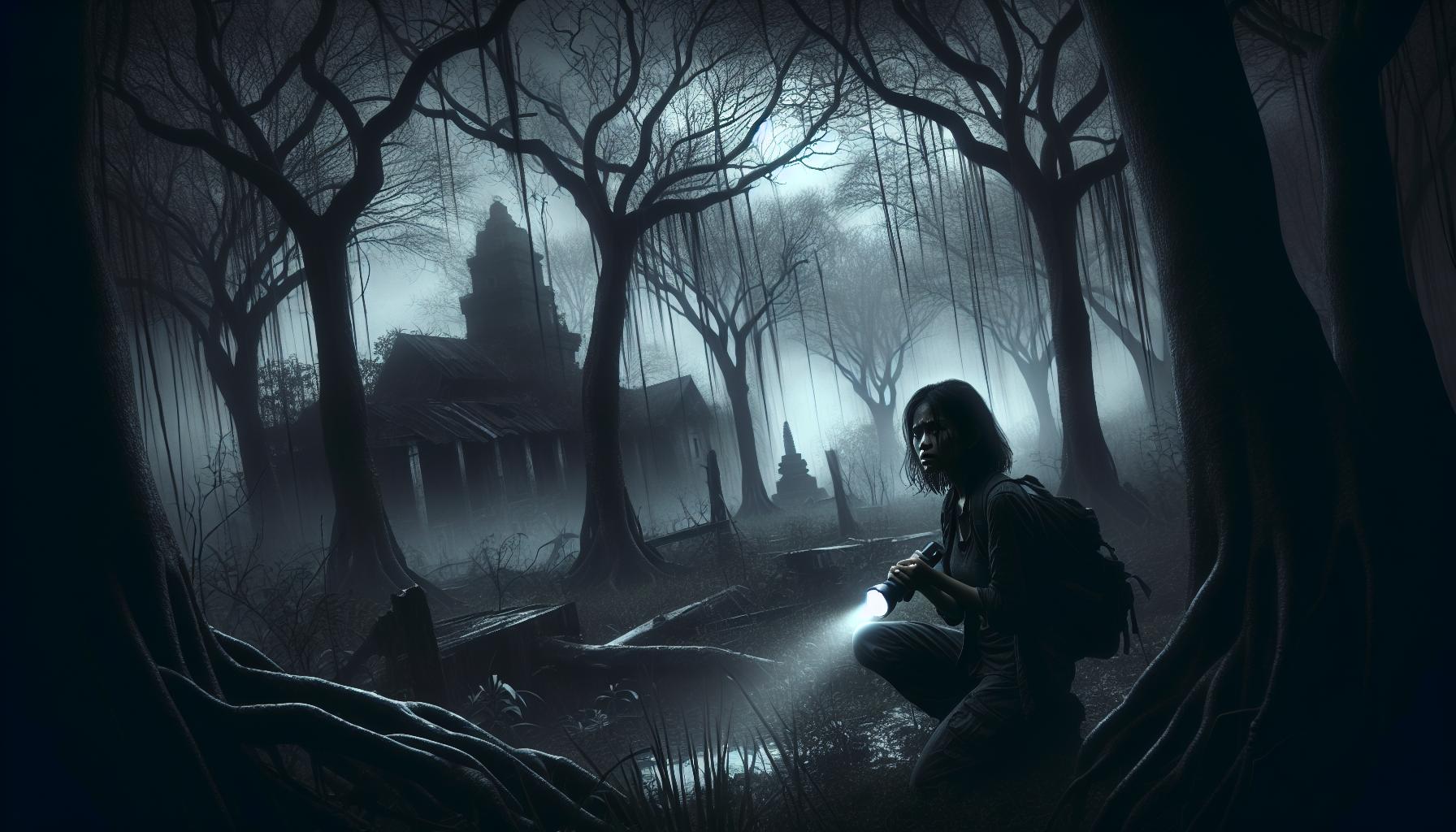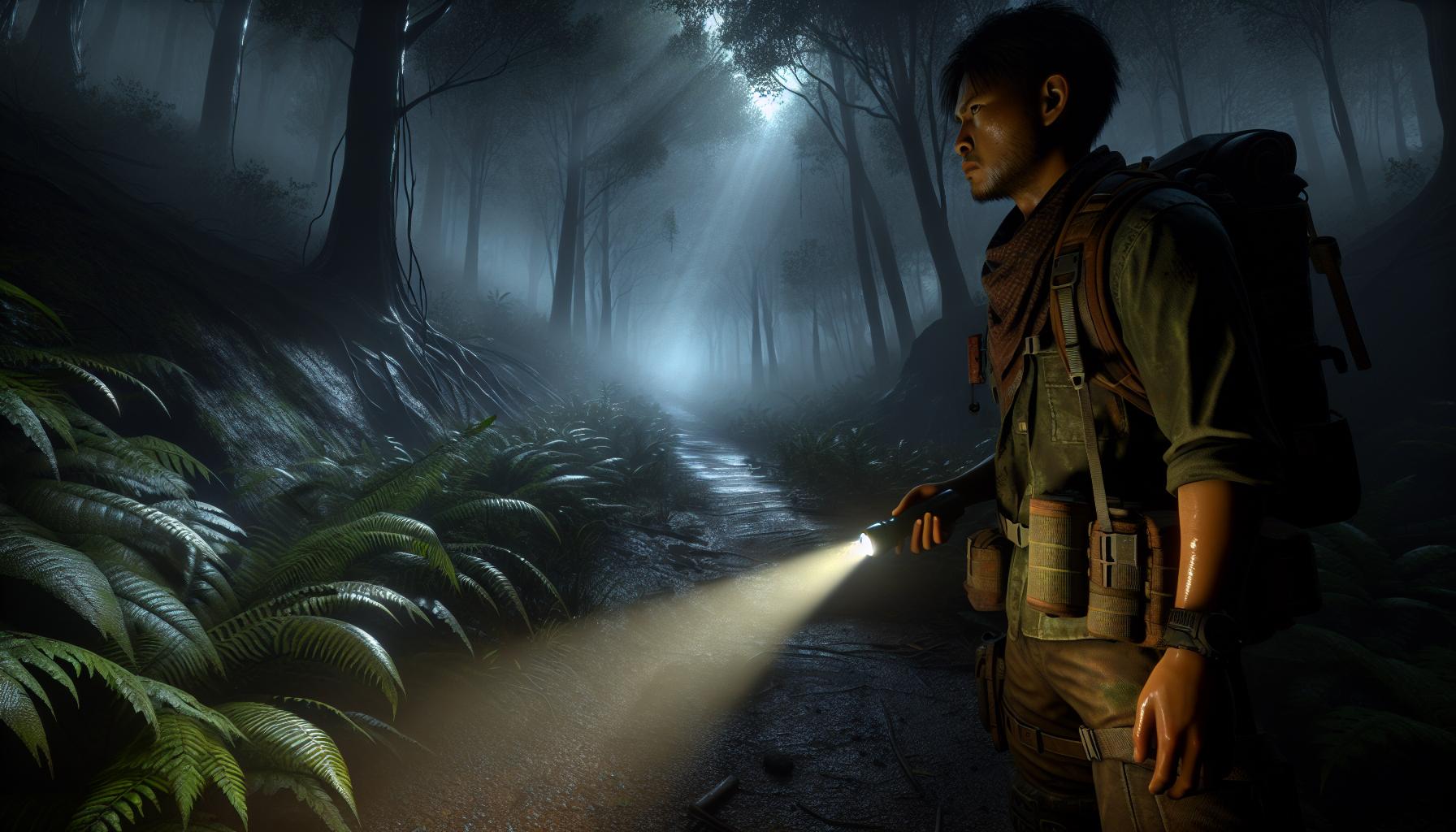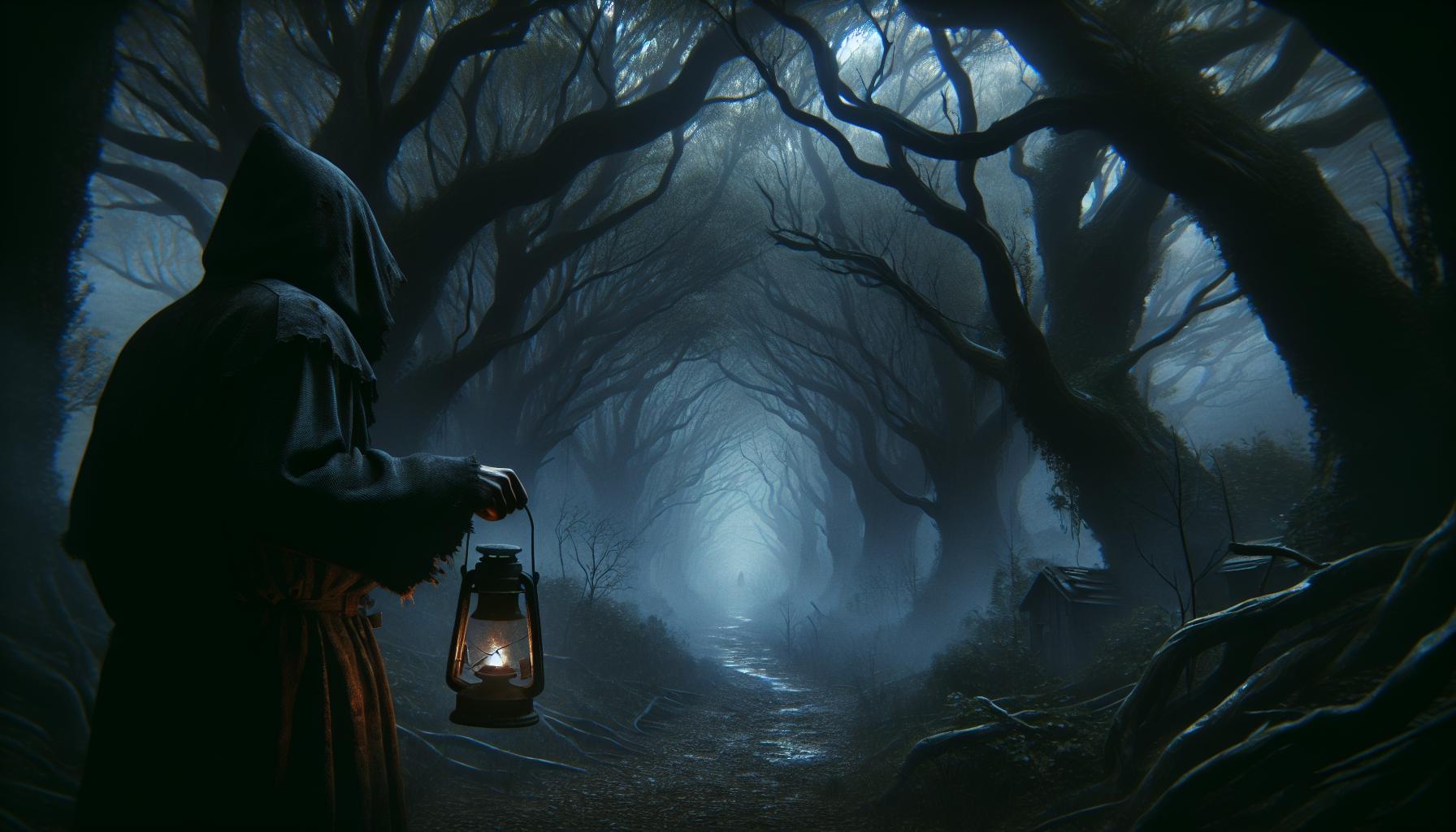When I think about gaming experiences that truly chill me to the bone, open world horror games come to mind. These immersive worlds invite players to explore vast landscapes filled with suspense and dread, where every corner might hide a new terror. Unlike linear horror games, the open world format allows for a unique blend of exploration and fear, making every decision feel weighty and every encounter unpredictable.
In this genre, I’ve discovered that the thrill often lies not just in the monsters lurking in the shadows, but in the atmosphere and storytelling that envelops the player. The freedom to roam and uncover secrets adds a layer of tension that keeps me on the edge of my seat. Join me as I delve into the spine-tingling realm of open world horror games, exploring what makes them so captivating and terrifying.
Key Takeaways
- Open world horror games blend exploration and fear, creating immersive environments that keep players on edge.
- Players navigate vast landscapes and encounter chilling narratives, with every decision impacting their survival.
- Atmospheric elements, such as detailed graphics and ambient sounds, enhance the sense of dread and tension throughout gameplay.
- Dynamic storytelling in these games offers non-linear narratives, allowing players to influence plot progression and character development.
- Resource management and puzzle-solving mechanics deepen the gameplay experience, adding layers of tension as players uncover hidden dangers.
- Iconic titles like “Silent Hill: Downpour” and “The Forest” exemplify the unique features of the genre, drawing players into hauntingly rich worlds.
Open World Horror Games
Open world horror games create a unique blend of freedom and fear, engaging players in vast environments filled with terror. Players navigate sprawling landscapes, explore eerie locations, and encounter chilling narratives, all while making decisions that significantly impact their survival.
Atmospheric elements play a pivotal role in these games. Detailed graphics enhance suspense, while ambient sounds contribute to an immersive experience that keeps players on edge. Iconic examples like Silent Hill and Amnesia illustrate how pacing and unpredictability amplify dread, instilling a sense of vulnerability.
Player agency stands at the forefront. Unlike linear narratives, open world designs allow choice in how to approach threats, whether through stealth, combat, or avoidance. Players directionally engage with the world, uncovering secrets and lore that deepen the horror experience.
The horror genre’s diverse mechanics, such as resource management and puzzle-solving, further enrich gameplay. Hours spent exploring morbid environments reveal both hidden dangers and a deeper understanding of the story. As players gather items and confront monsters, tension escalates, resulting in a truly terrifying adventure.
Overall, open world horror games encapsulate a powerful mix of exploration, story, and fear. They invite players into a haunting voyage with endless possibilities, redefining how horror is experienced in the gaming sphere.
Key Features Of Open World Horror Games
Open world horror games offer distinct features that enhance the gameplay experience. Two prominent aspects stand out: immersive environments and dynamic storytelling.
Immersive Environments
Immersive environments create a visceral sense of fear. Players explore expansive landscapes filled with unsettling visuals, such as abandoned buildings and eerie forests. Detailed graphics and realistic textures contribute to the anxiety, making each shadow and sound amplify dread. Atmospheric elements, including weather effects and lighting, enhance tension. Players often encounter unexpected encounters, from lurking creatures to sudden events, ensuring that exploration remains filled with suspense. Iconic settings, like the fog-laden streets of Silent Hill, illustrate how environments shape player emotions and reinforce the horror narrative.
Dynamic Storytelling
Dynamic storytelling is integral to open world horror games. Non-linear narratives allow players to piece together the story as they explore. Decisions influence plot progression, encouraging players to engage with multiple narrative pathways. This choice-driven approach brings depth to character development and plot twists, immersing players in the unfolding terror. Forks in the storyline create a sense of agency, as players must weigh their options carefully. The blend of scripted events and player choices cultivates an emotional connection to the game, resulting in a uniquely personal horror experience. Games like Amnesia exemplify how storytelling intertwines with exploration, creating an unforgettable narrative filled with dread.
Popular Open World Horror Games
Open world horror games offer thrilling experiences that keep players on edge. Here’s a closer look at some of the most popular titles in this genre.
Game 1: Description and Features
Silent Hill: Downpour
Silent Hill: Downpour immerses players in a haunting environment filled with psychological terror. The game features a vast, open world set in the eerie town of Silent Hill, where players explore streets, buildings, and secrets. Key features include:
- Dynamic Weather: Weather impacts gameplay, altering visibility and atmosphere.
- Non-linear Gameplay: Players can follow various quests and explore at their own pace.
- Inventory Management: Resource scarcity compels players to make strategic decisions.
Game 2: Description and Features
The Forest
The Forest combines survival mechanics with a chilling narrative. Set on a deserted island, players must survive against cannibalistic mutants while unraveling the mystery of a plane crash. Notable features include:
- Crafting System: Players gather resources to build shelters and tools.
- Day/Night Cycle: The threat level escalates at night, amplifying tension.
- Open Exploration: Diverse landscapes allow players to uncover hidden locations.
- Day/Night Cycle: Different threats emerge at night, creating suspense.
- Parkour Movement: Fluid movements enhance exploration and escape strategies.
- Cooperative Multiplayer: Players can team up to tackle challenges and share resources.
The Appeal Of Open World Horror Games
Open world horror games attract players through distinct traits that differentiate them from traditional horror formats. Immersive environments deliver a visceral sense of fear, bringing unsettling visuals and atmospheric sounds to life. Players encounter unexpected encounters that maintain suspense throughout their exploration, transforming every corner into a potential threat.
Dynamic storytelling enhances player engagement by allowing non-linear narratives. Player choices influence plot progression, creating a deeper emotional connection to the game. This interactive experience fosters character development and introduces plot twists that personalize horror, making each journey unique.
Exploration plays a pivotal role in these games. Players navigate vast landscapes and discover eerie locations, unraveling chilling narratives at their own pace. Freedom in exploration fosters unpredictability, intensifying the thrill as players face lurking dangers and uncover hidden secrets.
Iconic titles illustrate the appeal effectively. “Silent Hill: Downpour” immerses players in a psychologically haunting environment, combining dynamic weather with resource management to heighten tension. “The Forest” challenges players to survive on a deserted island filled with cannibalistic mutants while piecing together an unsettling story. Rich features, such as crafting systems and a day/night cycle, elevate the horror experience, driving players to stay alert.
Open world horror games invite players into a realm where exploration meets fear, defining a unique horror experience that leaves a lasting impact.
Blend of Exploration
Open world horror games offer a thrilling blend of exploration and fear that keeps me coming back for more. The ability to roam vast landscapes while uncovering chilling narratives adds layers of suspense that linear games often lack. Each decision I make feels impactful, heightening the sense of vulnerability and dread.
The immersive environments and dynamic storytelling create a unique horror experience that resonates deeply. Whether I’m navigating the haunting streets of Silent Hill or surviving on a deserted island in The Forest, the unpredictability keeps my heart racing. These games redefine what horror can be, inviting me into a world where every corner holds a new terror.

